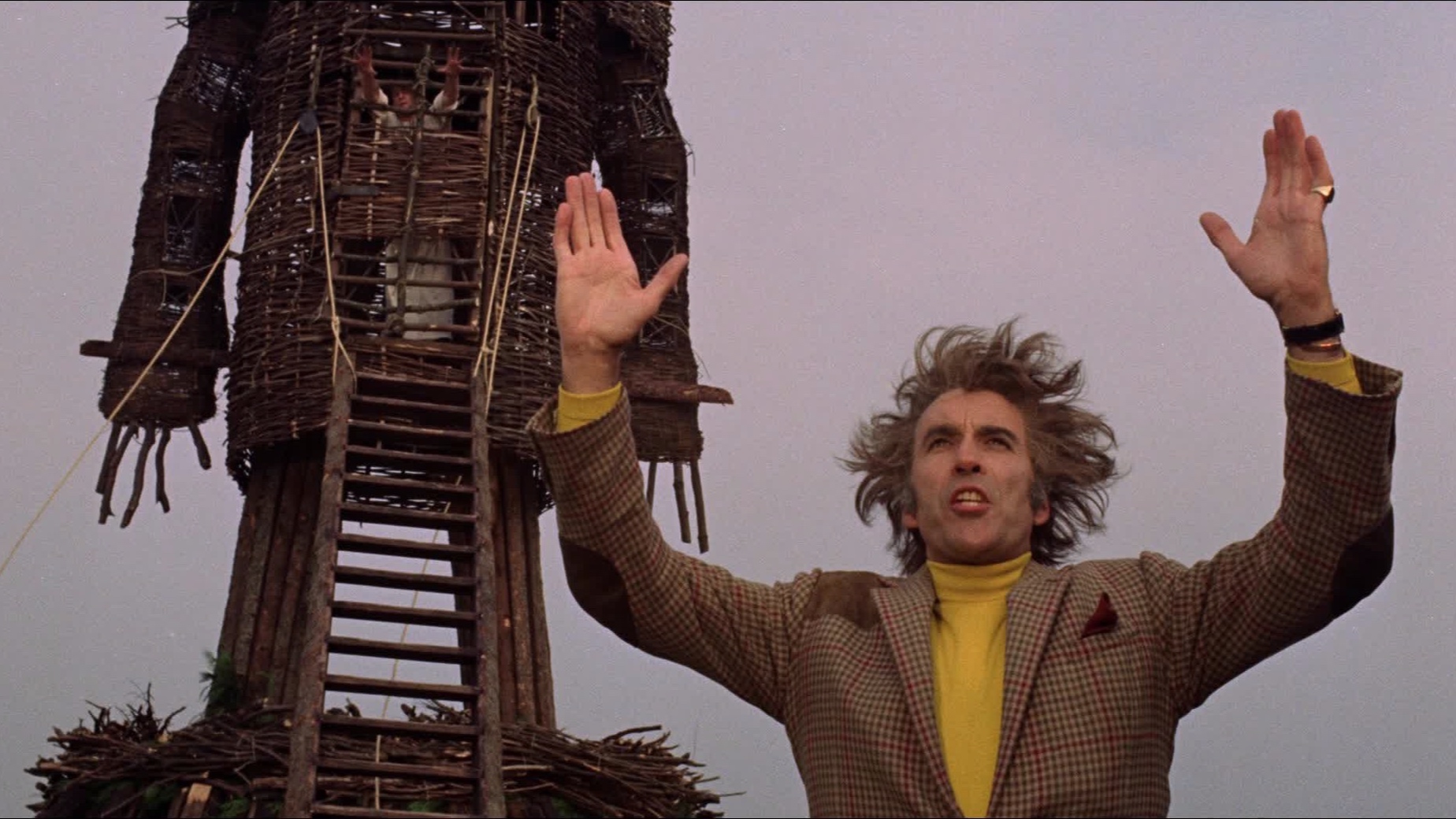On Screen Projection: Nine to Five (1980)
With the release of Jay Roach’s Bombshell, it is easy to get wrapped up in the politics of it all. After all, this is a movie about sexual harassment centered the white women of Fox News. This may be hard for some to swallow, as it is likely that the part some of these victims played in the “fake news” world we live in will not be touched or hardly mentioned. But, hopefully—and it should go without saying—most of us can agree that sexual harassment in the workplace is bad and needs to be eradicated. Bombshell features a triumvirate of female stars, which is something we don’t see very often. With Charlize Theron, Nicole Kidman, and Margot Robbie, there are reasons to watch and awards buzz to be had. We couldn’t possibly find another movie about harassment in the workplace featuring three female stars, could we?
Enter Nine to Five. This 1980 film, starring Lily Tomlin, Jane Fonda, and Dolly Parton certainly has some apparent similarities to Bombshell. It features three female characters in differing positions of power who are at the whim of their terrible boss, Mr. Hart (Dabney Coleman). Obviously, this is not based on a true story, but it absolutely rings true, as far as the treatment of these women in the first act. Despite being a relatively broad comedy, much of the setup is actually pretty subtle. It would have been easy to have Mr. Hart be sexually harassing everyone, but it is mainly limited to Doralee (Dolly Parton). For instance, Violet (Lily Tomlin) is mistreated by being unfairly passed over for promotion purely because of her gender. Judy (Jane Fonda), on the other hand, is just trying to find her way through her new employed, divorced life. Each one of these women has both an exterior and interior life, and all three of them have a different experience of harassment and unfair treatment. This is shown, not just through plot points, but a truly wonderful extended dream sequence from each character, detailing how they would punish Mr. Hart in their fantasies. And honestly, you haven’t lived until you’ve seen Dabney Coleman hogtied, shot at, and poisoned by a Disney princess. This, of course, goes horribly wrong about halfway through the movie, but we’ll get to that in just a bit. First, let’s look at the psychology behind harassment in the workplace.
Workplace harassment is a wide-ranging term, which includes both physical and emotional harassment. Physical harassment is much more noticeable and is likely to happen (like in Nine to Five) behind closed doors without witnesses. Emotional harassment can be harder to pinpoint, but it tends to create a hostile environment through words and actions, and are not connected to racial or sexual discrimination. Workplace harassment leads to several negative effects, including drug or alcohol abuse, PTSD, and higher levels of both depression and anxiety. When watching a movie set in the '80s, it might be easy to write this off as “things were bad back then,” but harassment is still a major problem. I guess we need no more proof than the existences of Fox News and Roger Ailes to prove this salient point.
Of course, many of these effects were not explored in the '70s and '80s. Unfortunately, much of harassment was seen as “the way it is” for women in the workplace. In this way, Nine to Five, is remarkably forward thinking. Not only does it center women, but it clearly delineates men as the problem, instead of blaming women. Sure, it takes Violet and Judy some time to warm up to Doralee, but as soon as that bond is made, it is unshakable. Despite the newness of these friendships, at no point do we doubt that we will see it through to the end, regardless of the cost. The movie also takes great pains to show that each of these women have tried repeatedly to solve the problem of harassment without anger. Violet has remained calm for years, working her way to a likely promotion. Doralee never reacts with anger until it becomes clear that Mr. Hart has lied about their relationship. Judy has taken the abuse since the beginning of her new life, even being threatened with the loss of her job on her very first day. But once those floodgates open, these women go all out. From threatening his anatomy with a detailed analogy, to kidnapping him, they are in for a penny, in for a pound. Although this movie could have gone to a much darker place, it is telling that the only thing that truly changes Mr. Hart is another man, who just happens to have more power than he does. This spells out the importance of other men in these circumstances, something that needs to be both talked about and changed.
Will Bombshell change the cultural conversation about harassment? Given the subjects of the harassment, I certainly have my doubts. Nine to Five still holds up (outside of some very early '80s fashion and hairstyle choices) and despite (or maybe because) of its comedic elements, manages to feel genuine and moving. There is no doubt at this point that Bombshell will attract awards attention, but beyond the shock value of the Fox News story, it is unlikely that that film will stand the test of time.












